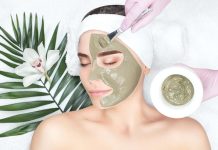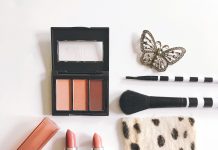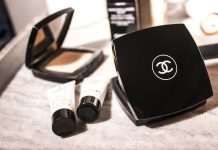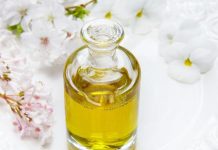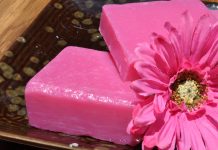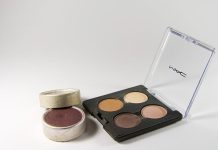In the intricate tapestry of skincare, moisturizing often emerges as the unsung hero, quietly weaving its magic across all skin types. Whether your skin is oily, dry, combination, or sensitive, the art of hydration plays a pivotal role in maintaining balance and vitality. Beyond the realm of beauty routines and cosmetic counters, moisturizing is a universal ritual that transcends age, gender, and lifestyle. This article delves into the profound importance of moisturizing, unraveling the science and benefits that underscore its necessity for every skin type. Join us as we explore why this simple yet essential practice is the cornerstone of healthy, resilient skin.
Understanding Your Skin’s Unique Needs
Every individual’s skin is a canvas painted with its own set of characteristics, demanding a personalized approach to care. The key lies in understanding these nuances and tailoring your moisturizing routine accordingly. Dry skin craves rich, emollient formulas to combat flakiness and tightness, while oily skin benefits from lightweight, non-comedogenic moisturizers that hydrate without clogging pores. Combination skin requires a strategic balance, often needing different products for varying areas of the face. Recognizing these unique requirements ensures that each skin type receives the nourishment it deserves.
- Dry Skin: Opt for thick creams with ingredients like hyaluronic acid and ceramides.
- Oily Skin: Choose gel-based moisturizers that are oil-free and water-based.
- Combination Skin: Use lighter lotions for the T-zone and richer creams for dry areas.
- Sensitive Skin: Look for products with soothing elements like aloe vera and chamomile.
Embracing your skin’s individuality is the first step toward achieving a healthy, radiant complexion. The art of moisturizing lies in recognizing these subtle differences and adapting your skincare regimen to meet them, ensuring your skin feels balanced and vibrant every day.

The Science Behind Hydration and Skin Health
Understanding how hydration impacts skin health involves diving into the intricate dance between water molecules and the skin’s layers. Water is a fundamental component of the skin’s structure, aiding in maintaining elasticity, resilience, and a healthy glow. The outermost layer, known as the stratum corneum, acts as a barrier to prevent moisture loss. However, environmental factors, lifestyle choices, and even the natural aging process can compromise this barrier, leading to dehydration and dullness.
- Hydration and Elasticity: Adequate moisture levels are essential for maintaining the skin’s elasticity, helping to reduce the appearance of fine lines and wrinkles.
- Barrier Function: A well-hydrated skin barrier protects against irritants and pollutants, reducing the risk of inflammation and sensitivity.
- Cellular Communication: Proper hydration facilitates optimal cellular communication, ensuring efficient repair and regeneration processes.
By incorporating a suitable moisturizer into your routine, you’re essentially reinforcing your skin’s natural barrier, allowing it to function at its best. Whether your skin is oily, dry, or combination, consistent moisturizing helps maintain its balance and vitality, proving that every skin type indeed benefits from this essential skincare step.
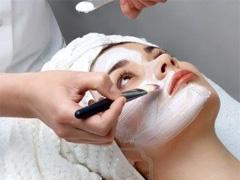
Choosing the Right Moisturizer for Your Skin Type
Understanding your skin type is crucial in selecting a moisturizer that effectively nourishes and protects. Whether you have oily, dry, combination, or sensitive skin, the right product can make all the difference. Here are some tailored suggestions:
- Oily Skin: Opt for lightweight, oil-free or gel-based moisturizers. These formulations provide necessary hydration without clogging pores.
- Dry Skin: Choose rich, cream-based moisturizers that contain ingredients like hyaluronic acid or glycerin to lock in moisture and soothe dryness.
- Combination Skin: Look for balancing formulas that hydrate without adding excess oil. Products with a light texture can help maintain equilibrium.
- Sensitive Skin: Prioritize fragrance-free and hypoallergenic options. Ingredients like aloe vera and chamomile can provide calming effects.
Investing time in finding the perfect moisturizer tailored to your skin type ensures a healthier, more radiant complexion.
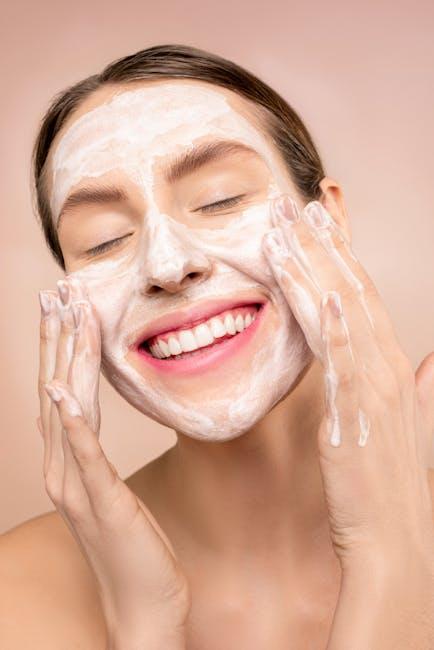
Tips for Incorporating Moisturizing into Your Daily Routine
- Choose the Right Moisturizer: Begin by selecting a moisturizer that suits your skin type. For oily skin, opt for a lightweight, non-comedogenic formula. If you have dry skin, look for richer, hydrating creams. Those with sensitive skin should seek out fragrance-free products with soothing ingredients.
- Time Your Application: The best time to apply moisturizer is right after a shower or washing your face, when your skin is still damp. This helps lock in moisture more effectively. Consider keeping your moisturizer within easy reach to make this step seamless in your routine.
- Layering is Key: Integrate your moisturizer with other skincare products. Apply serums and treatments before moisturizing, allowing each layer to absorb fully. This ensures maximum benefits from each product.
- Don’t Forget Your Body: Extend your moisturizing habit beyond the face. Use a body lotion or cream to nourish areas like elbows, knees, and feet, which can often become dry and neglected.
- Make It a Habit: Incorporate moisturizing into your morning and evening rituals. Setting a consistent routine helps maintain hydration levels and improves the overall health and appearance of your skin over time.

